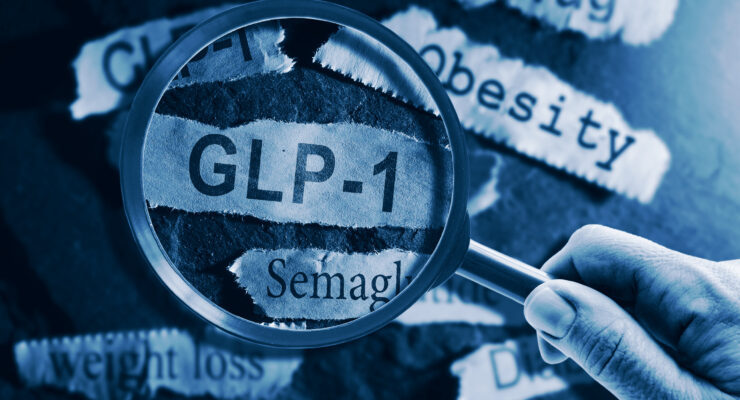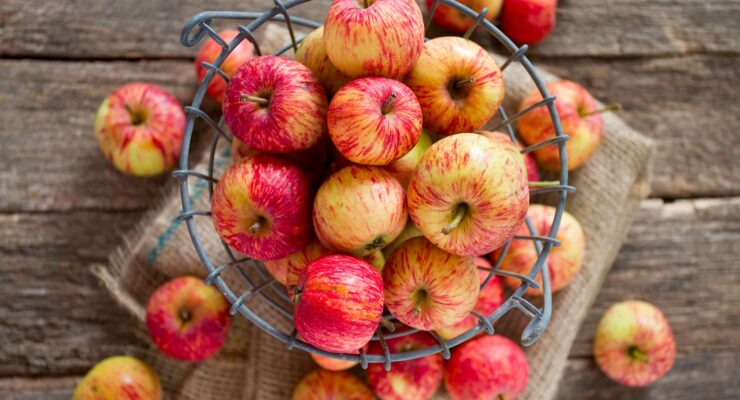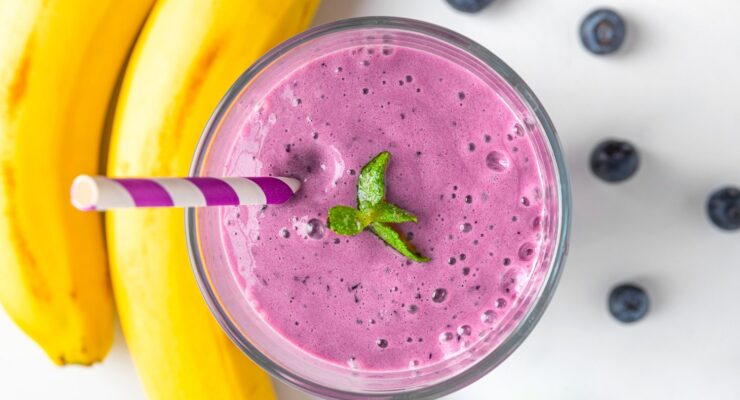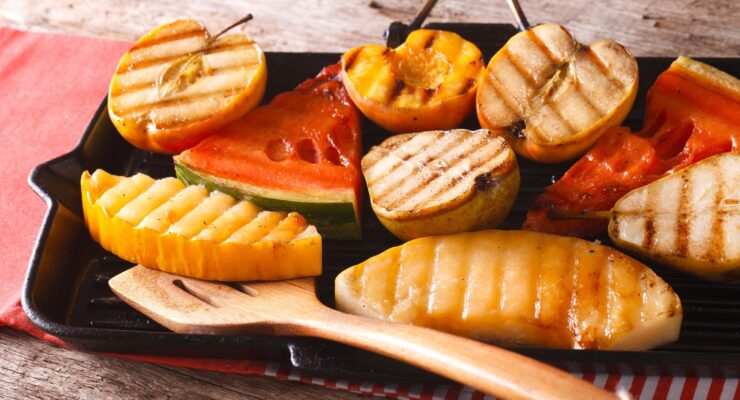5 Ways You’re Ruining Your Healthy Smoothies
Article posted in: Diet & Nutrition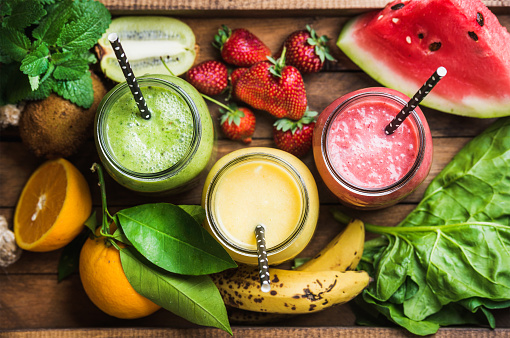
Ready for a healthy smoothies reality check? At one fast food restaurant, a 250-calorie low-fat strawberry-banana smoothie contains a whopping 38 grams of sugar. Translation: Roughly 9.5 teaspoons of sugar, just a fraction of a teaspoon less than in one 12-ounce can of cola. That means about 60 percent of the calories in one seemingly healthy smoothie comes from sugar.
Are smoothies good for you? Well, it depends on how they’re made.
The American Heart Association recommends that men consume no more than nine teaspoons of added sugar a day, and women consume no more than six teaspoons. Male or female, indulging in these healthy smoothies puts folks of either gender over this limit right away.
What’s more shocking: This food chain in question didn’t load up their concoction with heaping teaspoons of granulated sugar. They sweetened their “healthy smoothies” in more natural ways—with fruit juice, juice concentrates and fruit purees. But, doesn’t that make it healthier? Not if the bulk of the calories comes from sugar, natural or not.
Even scarier? You may be making the same kind of mistake with your homemade “healthy smoothies.” Ensure your blender creations fit into your Nutrisystem plan by avoiding these five sneaky mistakes.
Here are five ways you may be wrecking your healthy smoothies:
1. Flavored Yogurt
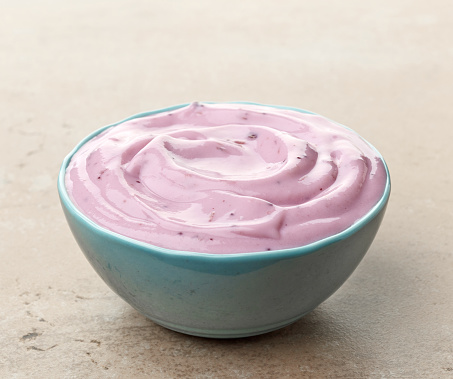
One popular brand contains 12 grams of sugar, largely from sweetened fruit purees, often made with added sugar. And, it’s actually one of the saintlier brands, touting less sugar than the competition. Yet, that’s still three teaspoons of sugar in one cup. You probably never even added that much to your morning coffee. Blending plain yogurt with unsweetened fruit, fresh or frozen, is a much better option.
2. Frozen Yogurt
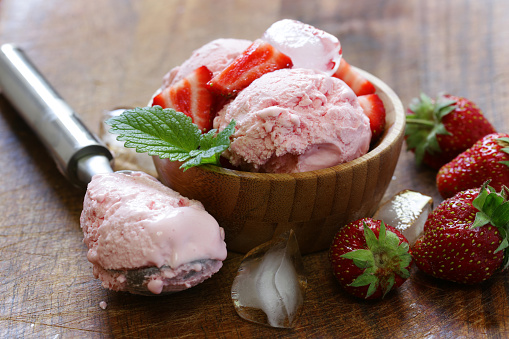
Half a cup of plain old vanilla yogurt, produced by one very popular yogurt and ice cream maker contains 20 grams of sugar. (That’s five teaspoons of sugar in just a half of a cup). Add-ins, like chocolate and brownie pieces, raise this number even higher, to 27 grams.
3. Fruit Juice
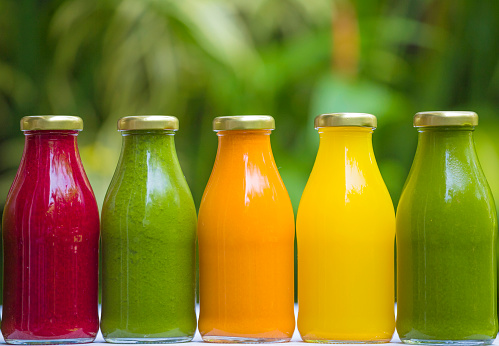
Even 100 percent fruit juice, clear of all added sugar, can bump up the calories and sugar content of your healthy smoothies. Trade fruit juice for whole fruits or frozen fruits that contain no added sugar whenever possible. Whole fruits provide water content and fiber along with their sweet flavor. Toss in something green, like kale, spinach or avocado, to balance the recipe out a bit more or use them instead for a much lower sugar content and tons of nutritional value.
4. Certain Types of Peanut Butter
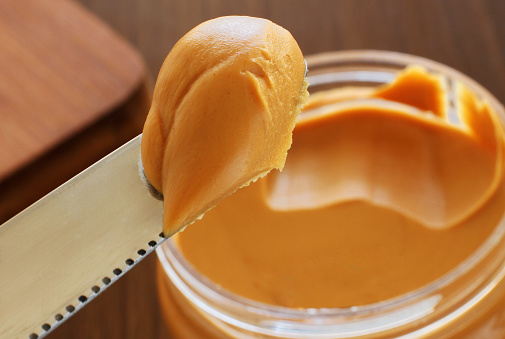
It’s not the fat that’s the problem. The monounsaturated fats in peanut butter and other nut butters is actually good for you. Sadly, regular peanut butter, packed onto the shelves of grocery stores everywhere, is usually teeming with weird added ingredients and sweetened with sugar. Reduced fat peanut butters often have even higher sugar counts. Your best option: Natural nut butters which are 100 percent nuts.
5. Whole Milk

Although whole milk is packed with good-for you ingredients like protein, calcium and vitamin D, when you’re trying to lose weight, it’s not always the best choice since it can pile on the fat and calories. One cup of whole milk contains almost eight grams of fat and 150 calories. Skim or fat-free milk contains negligible amounts of fat and fewer calories, but still gives you a calcium and vitamin D boost. Plus this type of milk tastes great blended up in healthy smoothies.
So avoid these smoothie mistakes and enjoy healthy breakfast beverages and dessert drinks whenever that sweet treat craving hits! The Leaf has enough healthy smoothie ideas to keep your weight loss journey on track. Check out our favorite smoothie recipes you can make with your Nutrisystem Shakes!



